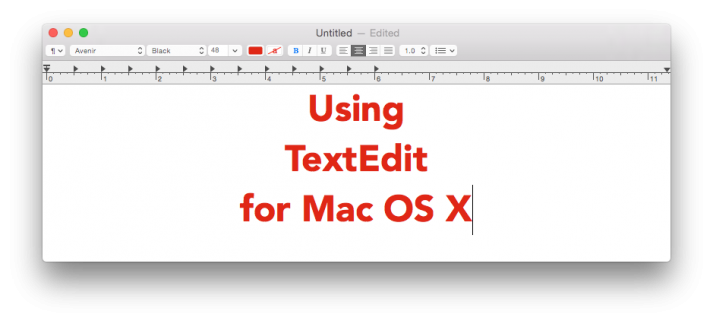

These individual things are stored at indexes. An array, in elementary terms, is just a bunch of things all stored together into one piece of data. When your program runs, Perl stores all of your command line arguments in what is known as an “array”. Why does the indicate we want the first argument? “0” does not equal “1”! Well, lets get a little more advanced for a moment. The observant reader may notice something strange here: we used $ARGV to get our first command line argument.
When you run this command, $ARGV is replaced by your argument - your name - and prints it out. (Of course, you’ll want to use your own name!) Pretty cool, huh? $ARGV is a variable saved by Perl that is your first command line argument. Hop over to your Terminal window and type perl -v, and press Return. We’re good to go! Your First Perl Commandīefore we start writing code, let’s take a look at the version of Perl we have installed. (You can find it in Applications → Utilities.) (If the only option available is Make Rich Text, you don’t have to do anything.)
TEXT EDITOR FOR MAC 10.7 TV
AirPort Apple Apps Backups Developer Education Email Hardware Internet iPad iPhone Mac Music Network Photos Security TV Weekend Wonk


 0 kommentar(er)
0 kommentar(er)
